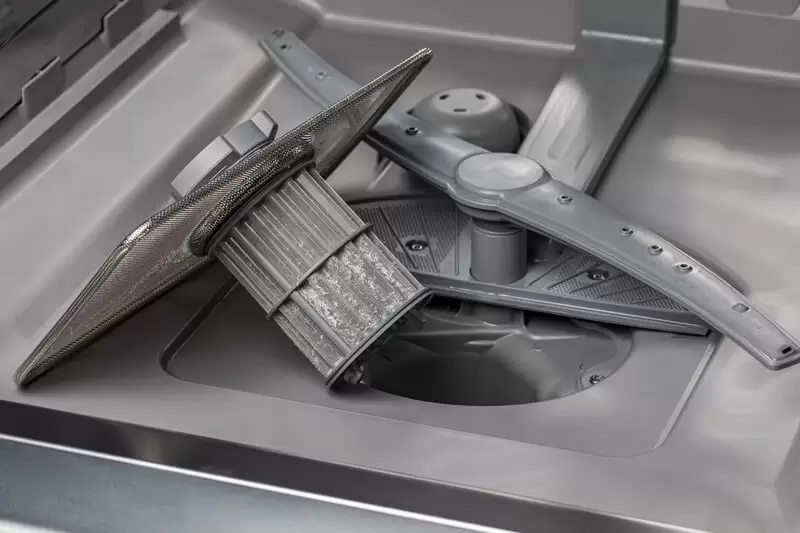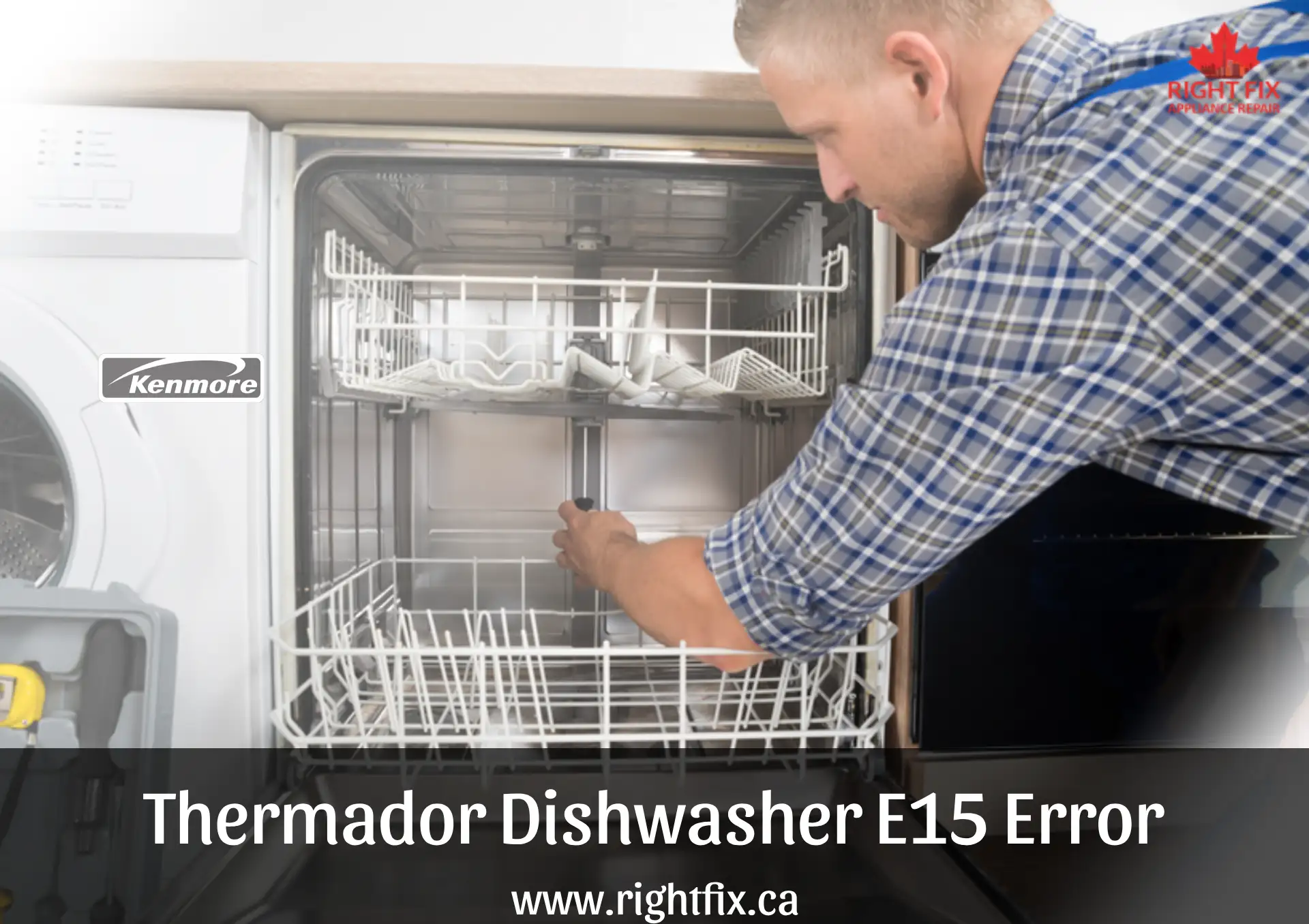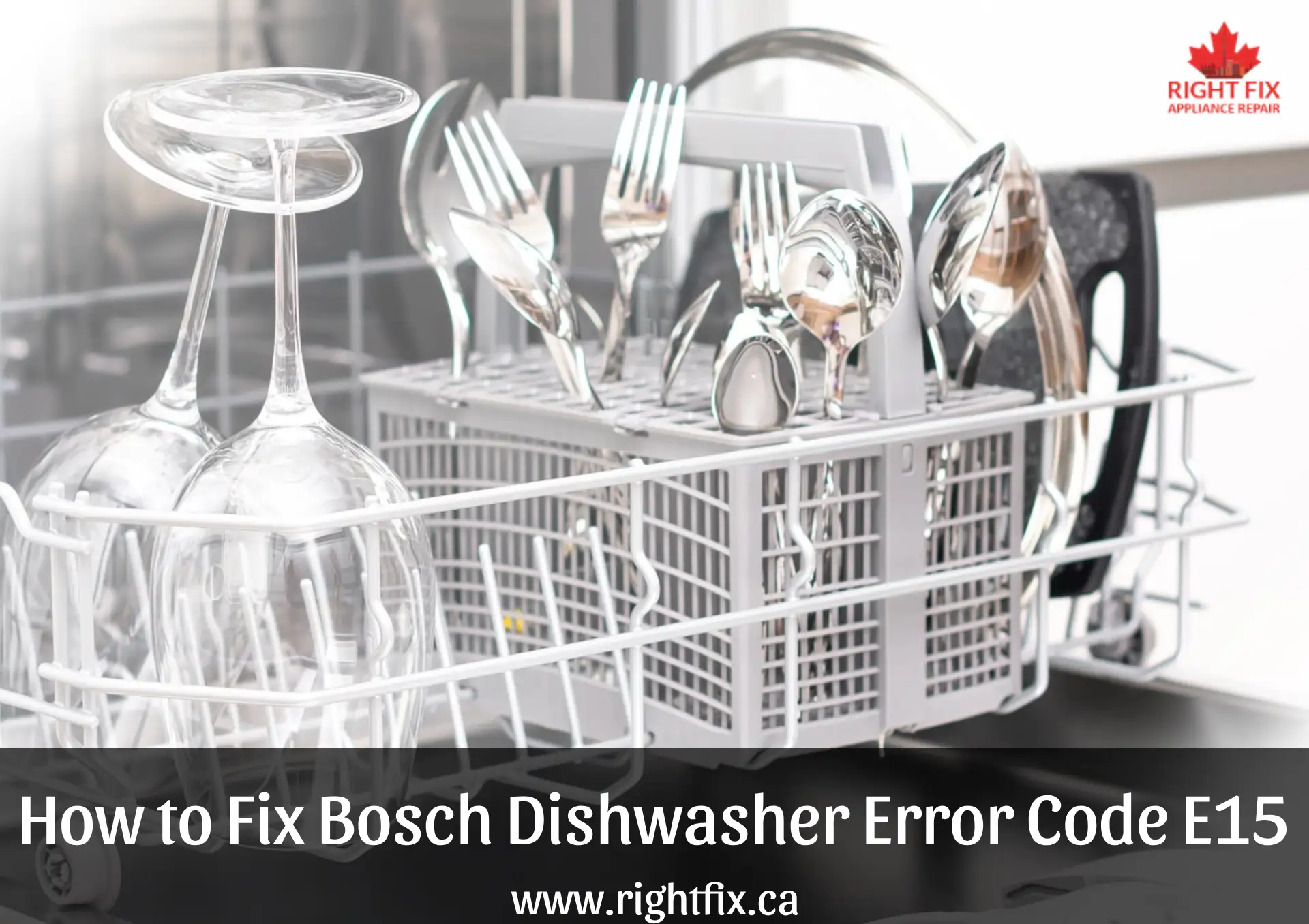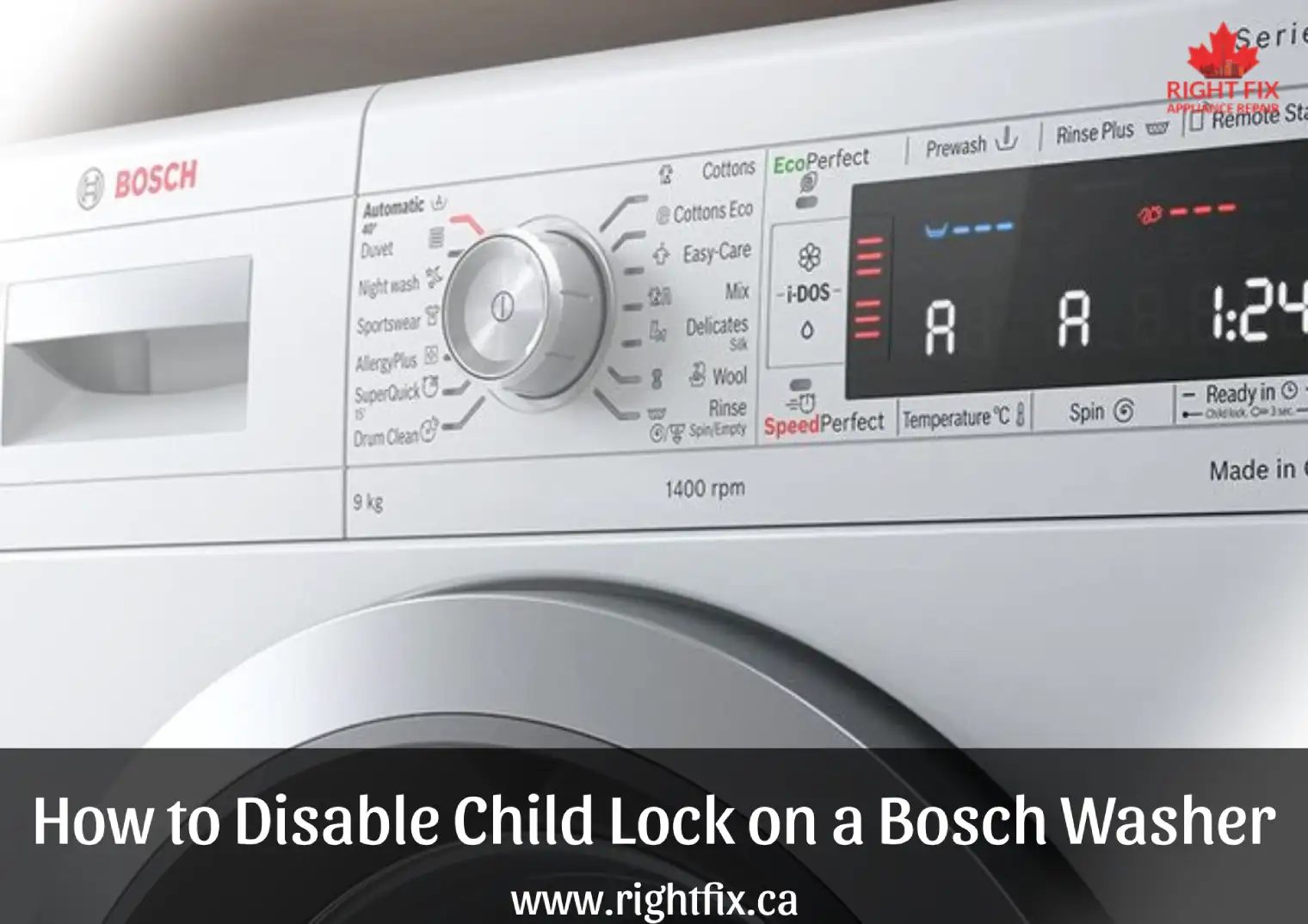How to Fix a Dishwasher That Isn’t Draining
If your dishwasher fails to empty, unclean water may stay at the bottom, ruining clean dishes and causing odors. Troubleshooting usually fixes a dishwasher that won't drain. This article covers the common causes of dishwashing drain issues, how to solve them, and when to call a proffesionals.
Common Reasons Why Your Dishwasher Isn’t Draining
A few elements can make a dishwasher channel inappropriately. Realizing these qualities can help you find and fix the issue quicker.
Clogged Filters
Obstructed channels are a typical reason for dishwasher depleting issues. Dishwasher channels are urgent for catching food, trash, and oil. These objects can build up over time and choke the filter, therefore stopping appropriate water drainage.
Check the filter first if you observe that your dishwasher isn't emptying. A blocked filter could restrict water flow, therefore leaving water behind at the machine's bottom.
Blocked Drain Hose
The channel hose transports dishwasher wastewater to the sink or waste disposal. Assuming that this hose is impeded, water may not deplete. A crimped or stopped-up hose can maneuver water into the dishwasher, causing seepage issues.
Regardless of whether or not discouraged, the channel hose might have a wrinkle or turn that blocks the water stream.
Malfunctioning Drain Pump
One important part of pushing the wastewater out of the dishwasher is the drain pump. Should the pump fail or get broken, the water might not be discharged correctly, resulting in appliance bottom standing water.
Sometimes trash like broken glass or food particles gets caught in the pump, therefore stopping it from running. To restore correct drainage, a defective or damaged pump will either need to be replaced or fixed.
Clogged Sink Drain
In some cases, the sink channel is the issue, not the dishwasher. In the event that your dishwasher channels into the sink, a stopped-up channel could top off it. This forestalls legitimate seepage and may leave water in your dishwasher's base after a cycle.
Clear the sink drain to rule out this issue. Your dishwasher might have seepage issues on the off chance that the sink channel is stopped up.
Step-by-Step Guide to Fix a Dishwasher That Won’t Drain
Straightforward investigation can assist your dishwasher with depletion. This definite, bit-by-bit guide fixes your dishwasher.
Step 1: Turn Off the Dishwasher and Disconnect the Power
Before fixing, separate the dishwasher from the power and turn it off. Security starts things out, in this manner switch off the electrical switch or turn off the dishwasher to keep away from electrical perils.
Step 2: Check and Clean the Filters
Starting with the filters first makes sense. Usually behind the spray arm, most dishwashers feature filters at the bottom. Food particles, grease, and soap scum can accumulate in these filters over time and obstructions can result.
To clean the filters:
-
To reach the filter, pull the bottom rack out of the dishwasher.
-
Find and remove the filter—often a circular mesh component.
-
Under warm water, gently brush clean any dirt on the filter.
-
Reinstall the filter where it belongs.
Should the filter be broken or too clogged, you could have to replace it.
Step 3: Check and Clean the Drain Hose
Check the drain hose then for any obstructions. Should the hose be twisted, kinked, or clogged, it can impede appropriate water drainage.
The following describes how to check and maintain the drain hose:
-
Usually attached to the dishwasher at the bottom, find the drain line and then the drainpipe or waste disposal.
-
To have a close look at the hose, disconnect it from both ends.
-
Look over the hose for any obstructions, food bits, or obvious trash.
-
Clear any obstructions you discover with a long brush, a plumber's snake, even a coat hanger.
-
Look for kinks or twists that can restrict water flow once the line is clear. Correct the hose if needed.
-
Once the hose is reconnected, see whether the drainage problem has been fixed.
Should the hose sustain damage or cracks, it could have to be replaced.
Step 4: Check the Drain Pump
Should your dishwasher still not channel accurately following channel cleaning and hose investigation, the channel siphon could be the reason. Ousting the wastewater from the dishwasher tumbles to the drain pump. Should it break down, water may stay at the appliance's bottom.
To check the drain pump:
-
To reach the pump, remove the dishwasher's bottom panel; you might find a screwdriver necessary.
-
Look over the pump for any trash, including food bits, shattered glass, or other obstructions.
-
Should you come across any trash, gently remove it to release the pump.
-
See whether the pump shows damage or corrosion. Should it be broken or dysfunctional, the pump will have to be replaced.
To find out whether the pump is the problem, run a cycle and listen for odd noises. A broken pump could fail to run at all or create odd noises.
Step 5: Clear the Sink Drain
Should your dishwasher be connected to the sink channel, an obstructed channel could prevent water from leaving the machine? Check the sink channel and run an unclogger or channel cleaner over any blocks. Clear tough obstructions deep in the pipe with a drain snake, if needed.
Run the dishwasher once the sink drain is free to check whether the drainage problem is fixed.
When to Call a Technician
It very well may be an ideal opportunity to get an expert in the event that you have attempted all the investigating rules your dishwasher actually doesn't deplete accurately. More troublesome issues incorporating a failing channel siphon, electrical issues, or control board issues for the dishwasher can be analyzed by a professional.
Here are some signs that you might have to call a professional:
-
The pump needs replacement since it is damaged.
-
The control board is not working, hence drainage is stopped.
-
You can not find the issue, hence more disassembly is needed.
Expert repair services can help to guarantee that your dishwasher is correctly fixed and that the issue does not resurfaced.
Common Problems and Solutions Table
|
Problem |
Symptoms |
Solution |
|---|---|---|
|
Clogged Filters |
Water not draining properly |
Clean the filters |
|
Blocked Drain Hose |
Water pooling, slow drainage |
Clear or replace the hose |
|
Malfunctioning Drain Pump |
Unusual noises, water not draining |
Check and replace the pump |
|
Clogged Sink Drain |
Water backs up into dishwasher |
Clear the sink drain |
Location we Service
- Ajax
- Alliston
- Aurora
- Bolton
- Bradford
- Brampton
- Brantford
- Burlington
- Caledon
- Cambridge
- Concord
- East York
- Etobicoke
- Georgetown
- GTA
- Guelph
- Halton Hills
- Hamilton
- Innisfil
- Keswick
- King City
- Kitchener
- Kleinburg
- Maple
- Markham
- Milton
- Mississauga
- New Tecumseth
- Newmarket
- North York
- Oakville
- Orangeville
- Oshawa
- Pickering
- Richmond Hill
- Scarborough
- Schomberg
- Stouffville
- Thornhill
- Toronto
- Unionville
- Uxbridge
- Vaughan
- Waterloo
- Whitby
- Woodbridge
























